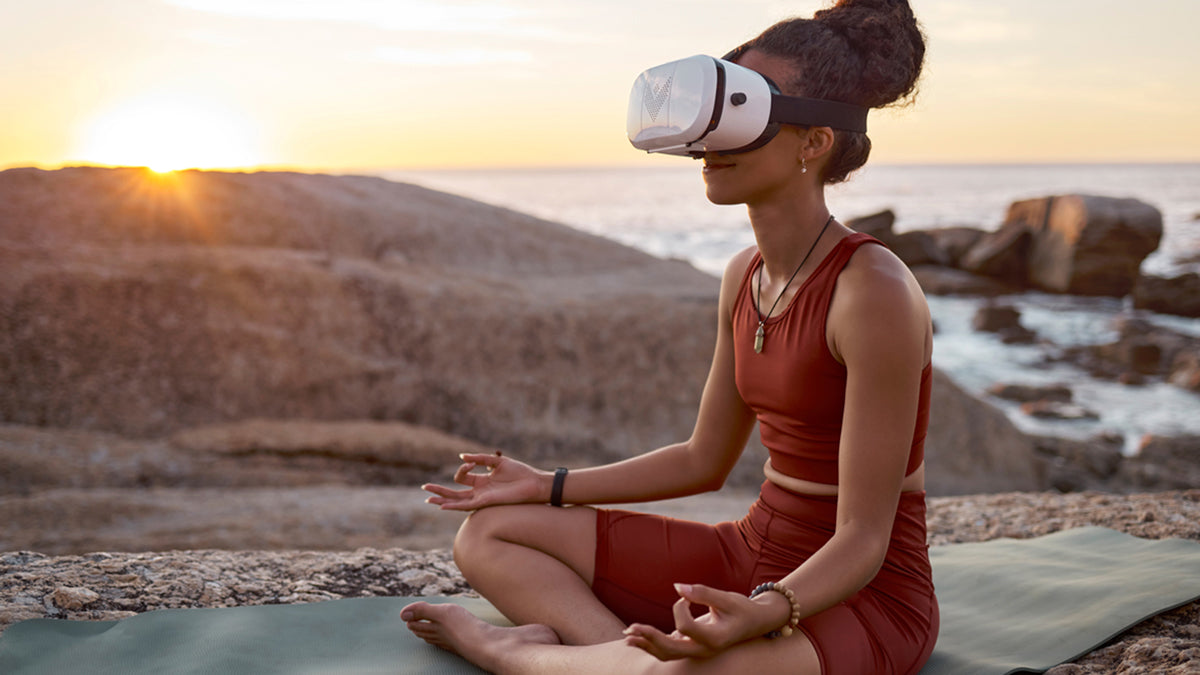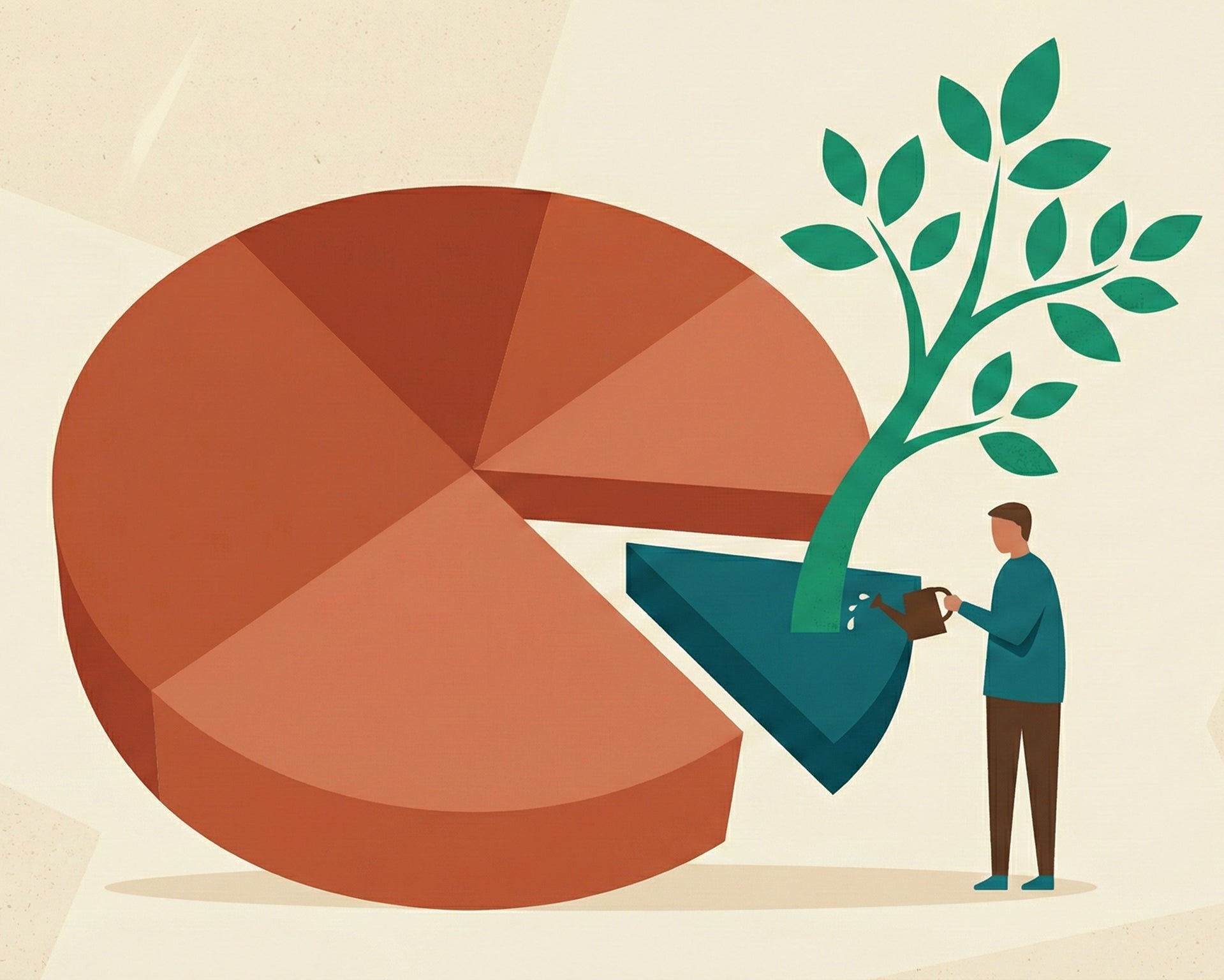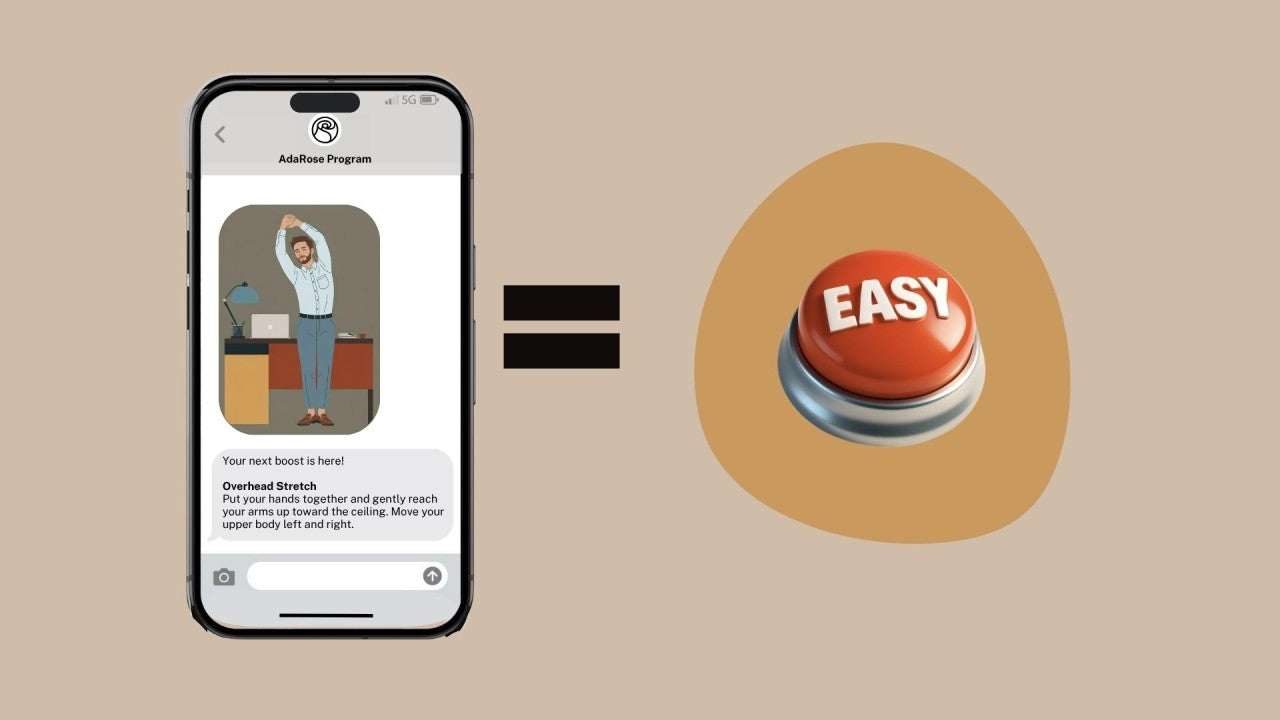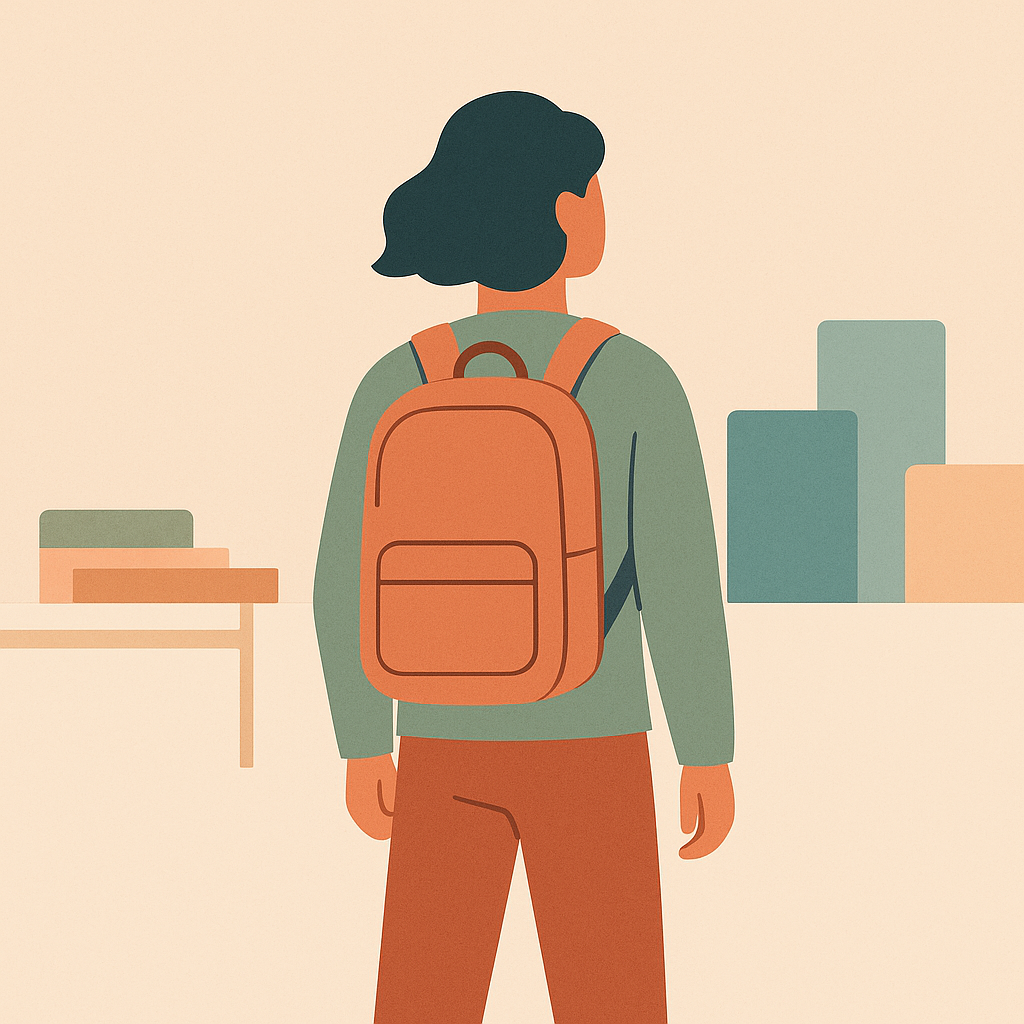Are you among the 55% of Americans who have turned to video games during the pandemic for distraction, entertainment, or human connection? A few years ago, Among Us was extremely popular in my household. Minecraft also entertained my kids for many hours. But games can also be used to improve health—and not just for kids.
In recent years we’ve seen a lot of “gamification” of health and wellness in apps and digital devices like fitness games and wearables designed to motivate behavior change and help people stay fit. Whether it’s accruing points for actions completed or competing against rivals, gamification has been applied to diet, exercise, and even mindfulness.
At the Consumer Electronics Show (CES) a few years ago I moderated a panel of experts on health care and gaming. I interviewed three innovators who are applying technology to health and wellness in extremely creative and playful ways that I wanted to share to inspire you and give you a glimpse of the future of healthy living.
Virtual Reality Helps Doctors Deliver Better Care
Dr. Joe Morgan of Waya Health showed how virtual reality (VR) is helping patients and healthcare providers solve real world problems including diminishing patients’ stress levels and improving clinicians’ productivity.
For example, immersive virtual experiences can contribute to good health both during and after a procedure. Watching soothing, peaceful images during a procedure such as burn or wound care minimizes patients’ anxiety, and can cut down on the use of pain medications.
After a procedure, virtual reality helps patients learn about their conditions and how to care for themselves.
Virtual reality can also provide rehabilitation exercises that enable patients to quickly regain skills in a safe, personalized way. Patients can play these games from home as needed and don’t need to commute to a doctor’s office.
At the same time, healthcare providers benefit from using virtual reality because it saves time, can improve the patient experience, and can be easily tailored to meet the needs of individuals.
Virtual reality is also being used for a wide range of other healthcare functions including patient engagement, monitoring and assessment of patients, and the delivery of telehealth services within an immersive environment.
Esports Can Educate Patients and Build Community
Petra Szatmari of Genentech developed an eSports online gaming event with Twitch to reach and engage patients with hemophilia, a rare bleeding disorder that primarily impacts young men. Patients with hemophilia need to avoid impact sports and other activities that put them at risk of bleeding.

Genentech has developed therapies for people with hemophilia that the majority of eligible patients aren’t aware of. Given their target demographic, they decided to try online gaming to reach new audiences.
In December of 2020 Genentech sponsored an eSports event on the popular platform Twitch via Twitch Rivals, a hub for live streamed events. This particular event, called the “Bloodless Battle” pitted teams of gamers including patients with hemophilia against well known gaming influencers to compete for prizes.
A total of 1.6 million people tuned in to the six hour event, which spawned nine thousand chats and helped players with the rare blood condition to find one another and build a new community.
Genentech saw a 500% increase in traffic to its hemophilia website, and learned not only that gaming can be a good avenue to reach hemophilia patients, but also that it made sense to incorporate the elements of gaming into other messaging and marketing for them and potentially other groups of patients.
High Tech Headphones Can Train Your Brain and Avoid Burnout
By the time you feel thirsty you’re already dehydrated. Similarly, by the time you feel distracted your brain is already overtired, according to Dr. Ramses Alcaide of Neurable, which develops interfaces between the human brain and computers.

Using high tech headphones you can learn when you’re concentrating and when you begin to slip, indicating that it’s time to take a break. Using direct feedback loops that make your brain signals visible, Dr. Alcaide was able to increase his own personal productivity per hour from about 50% to 80%.
When you’re able to avoid distraction and increase rest, performance increases and learning is more effective. The design of the headphones is comfortable (made of felt) and stylish in order to feel good and fit into the flow of people’s lives in a fun and engaging way. They can be used to block out sound, listen to music, or even to help you participate on Twitch!
It’s Your Turn
Health games can help people by lessening pain, enhancing treatment, educating and engaging patients, and relieving burden for healthcare providers. There are many varieties of games spanning different platforms and focus areas, from a particular population or body part to those that help the general population to stay healthy.





